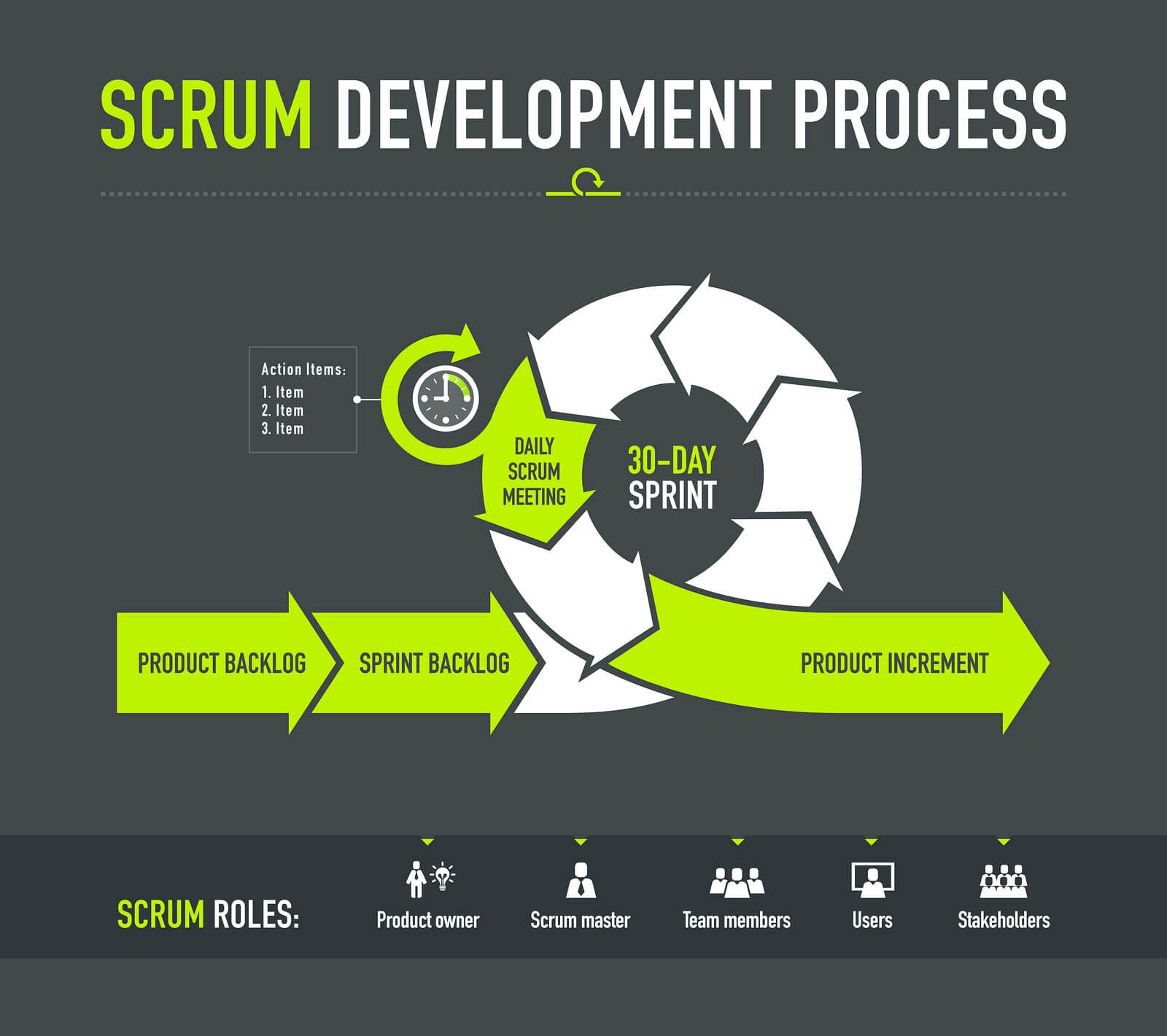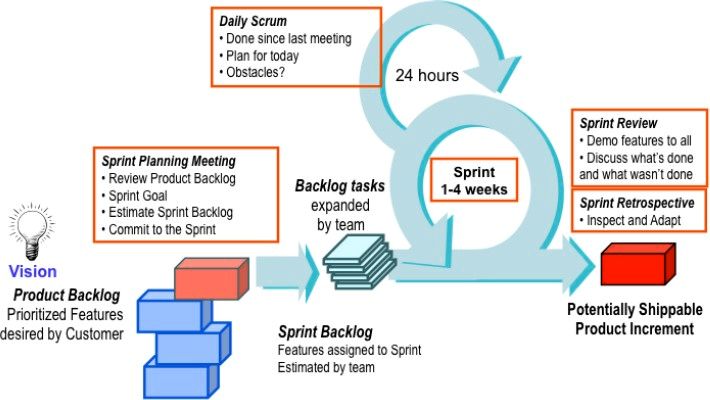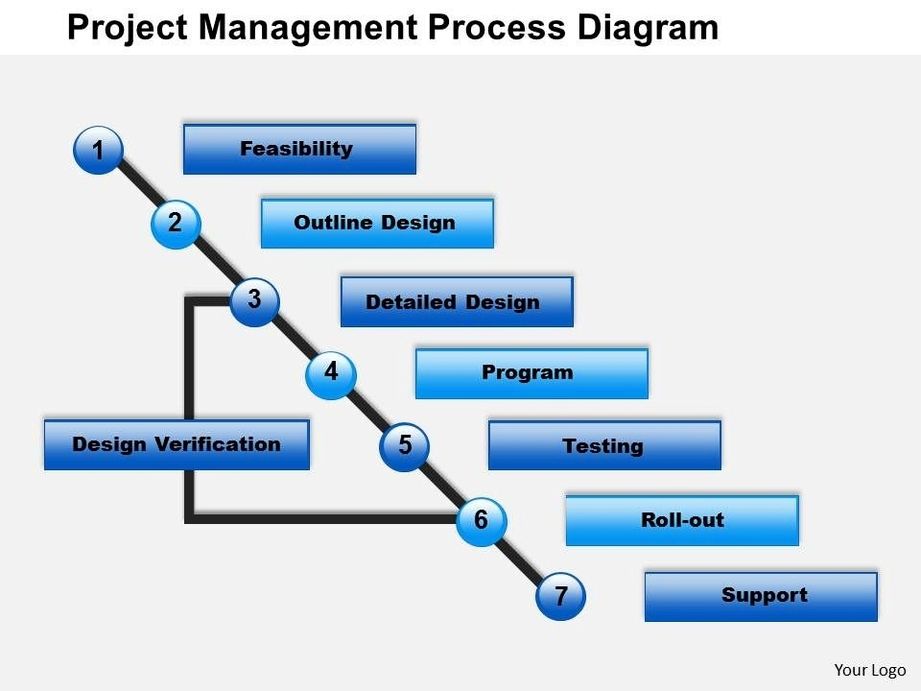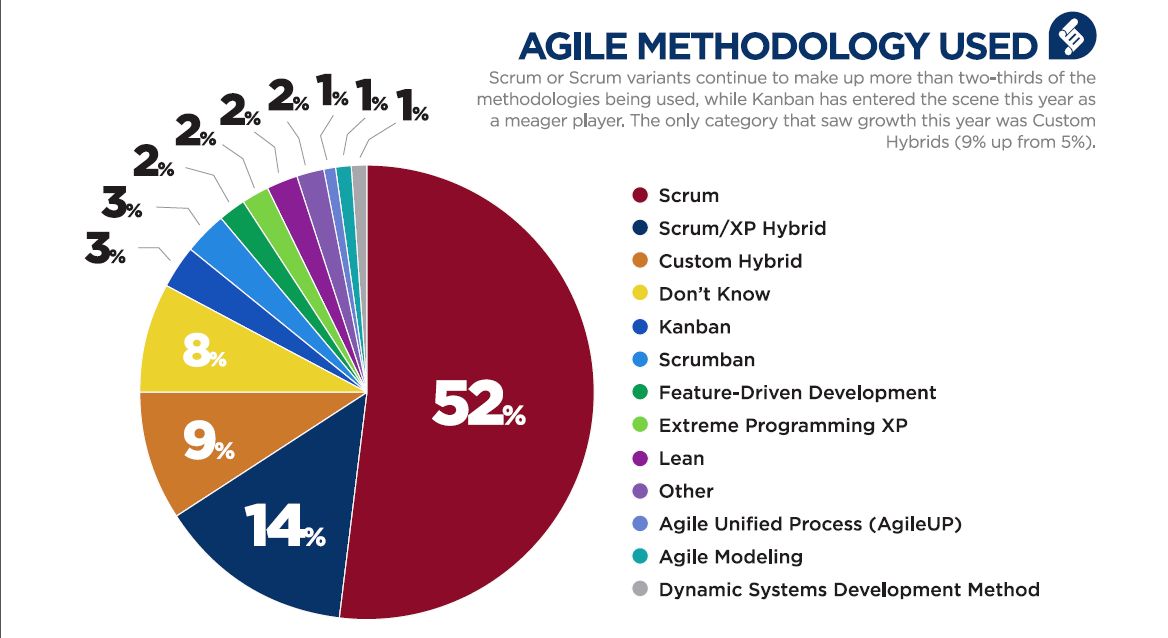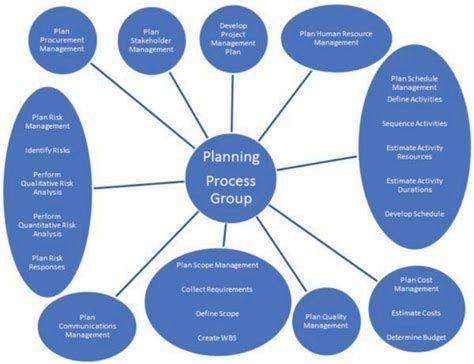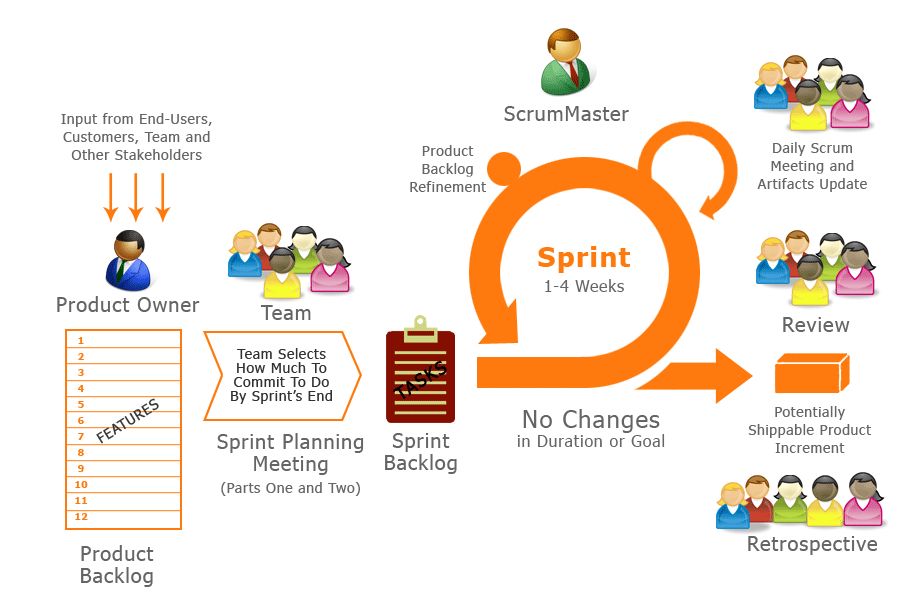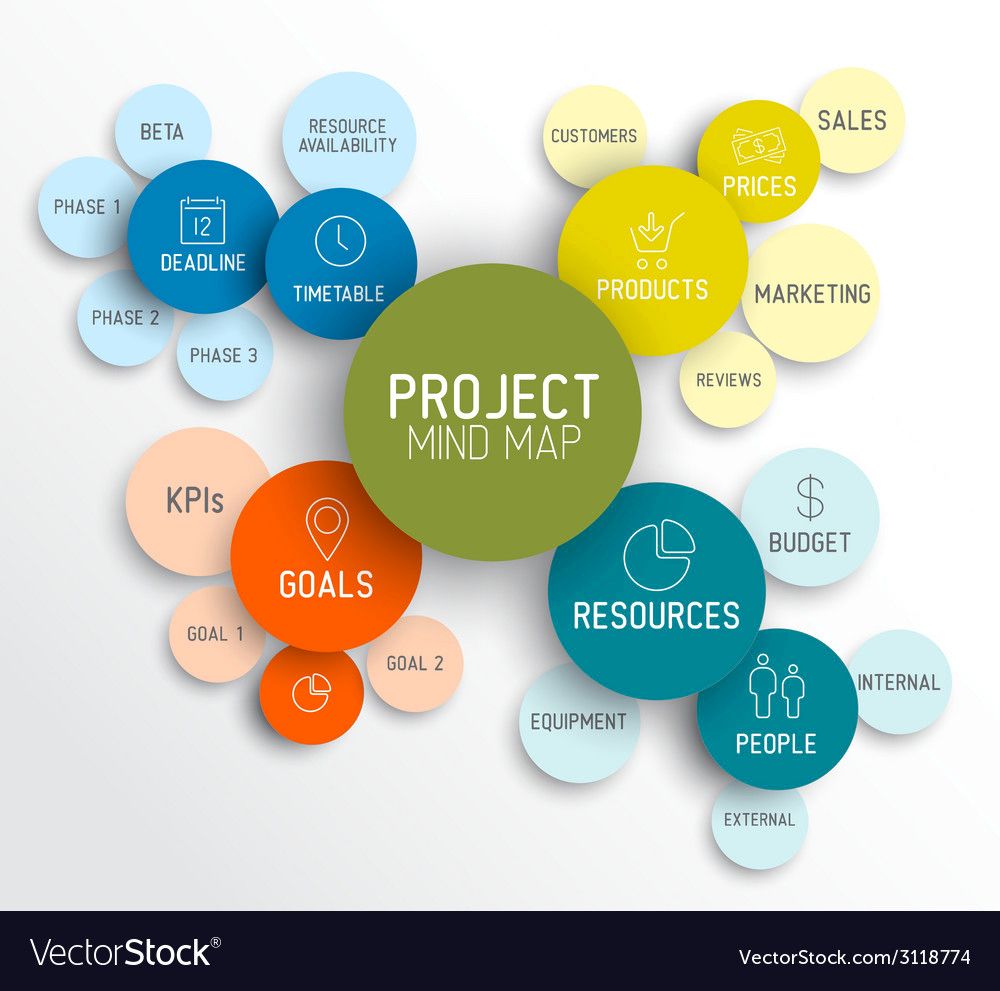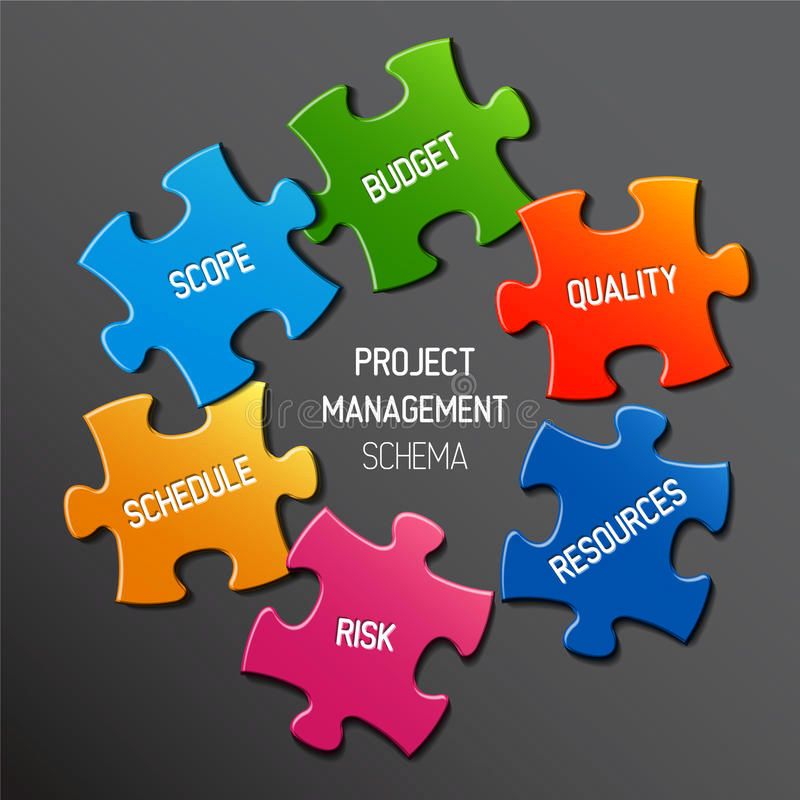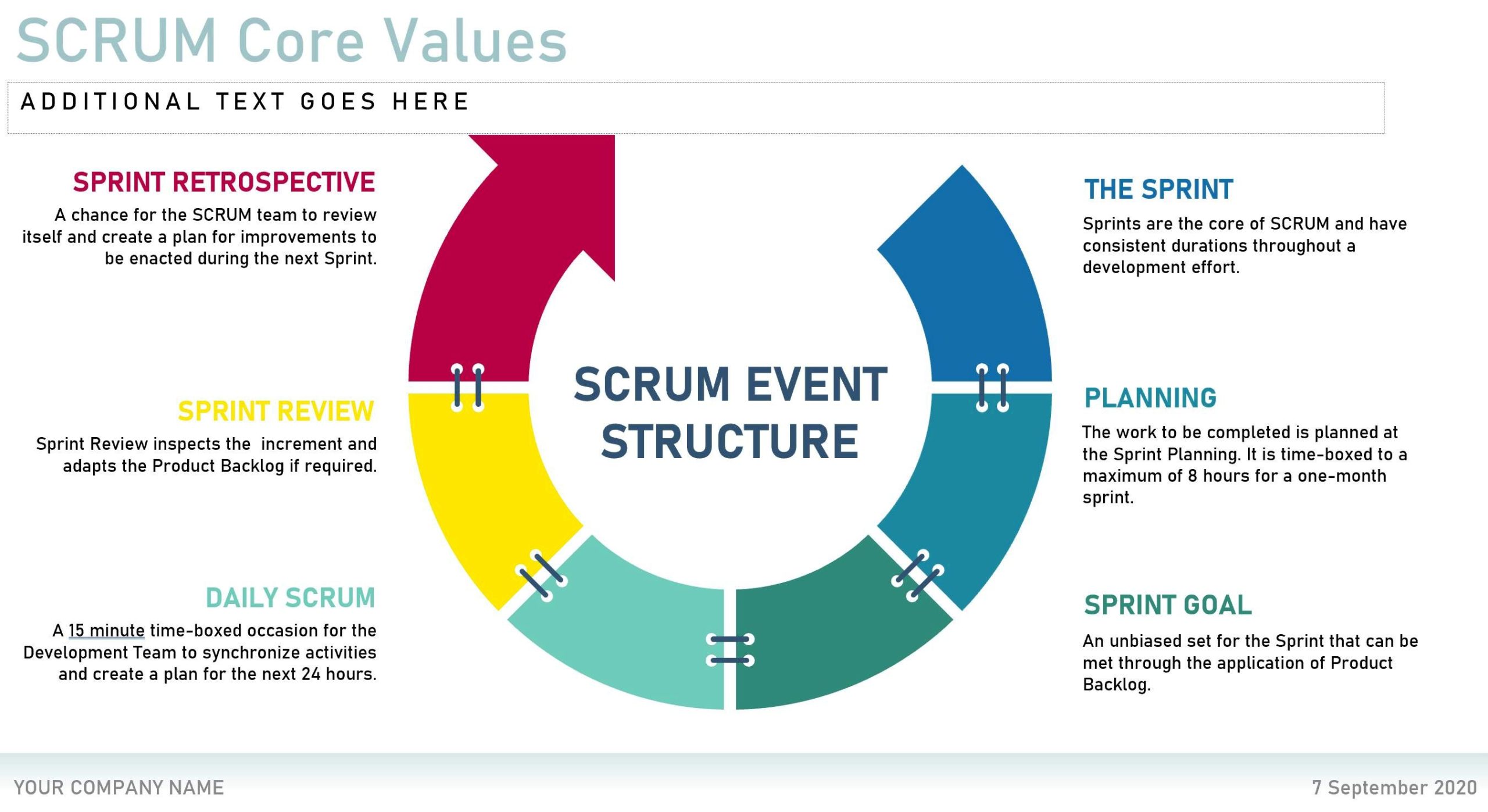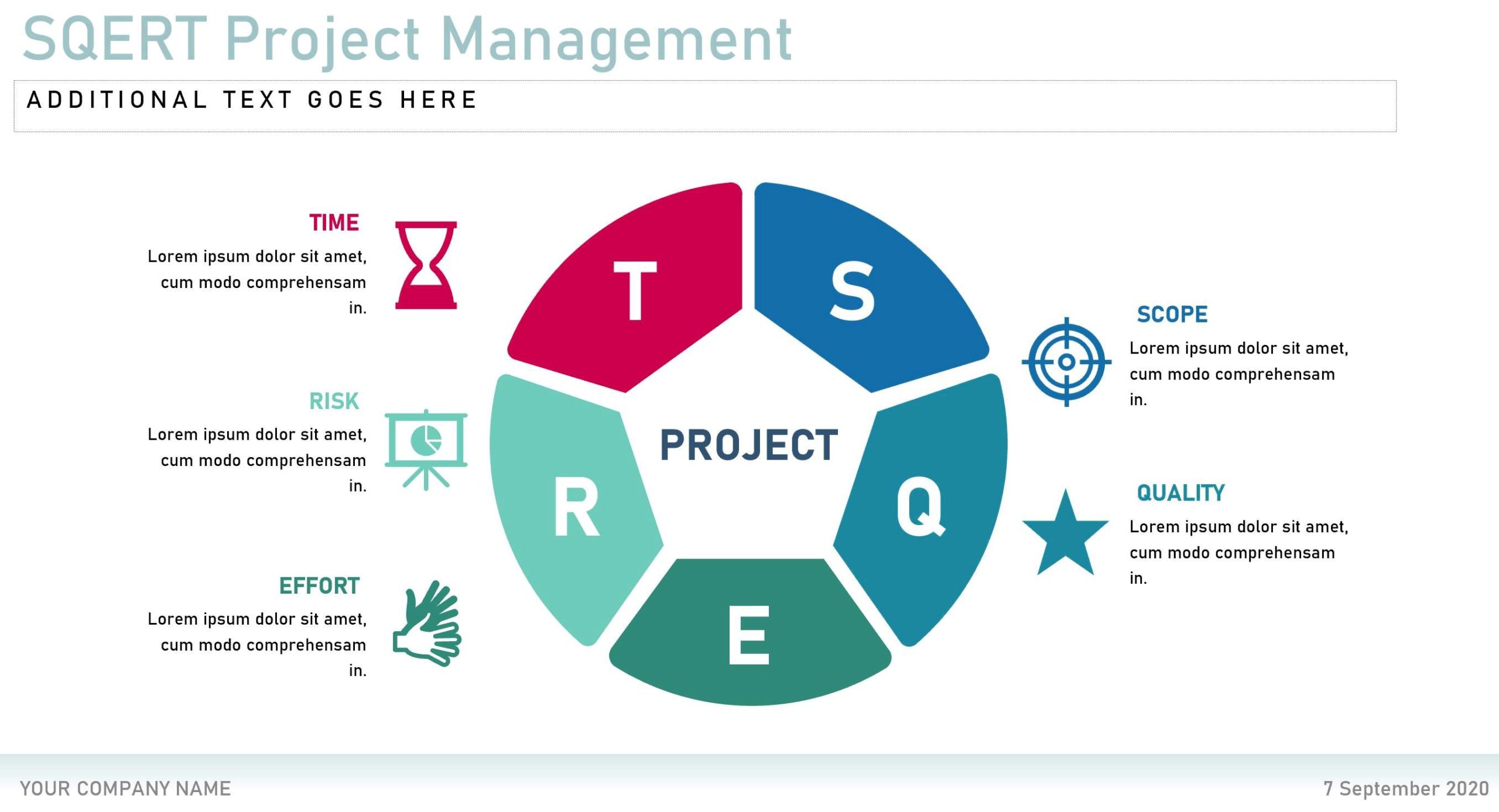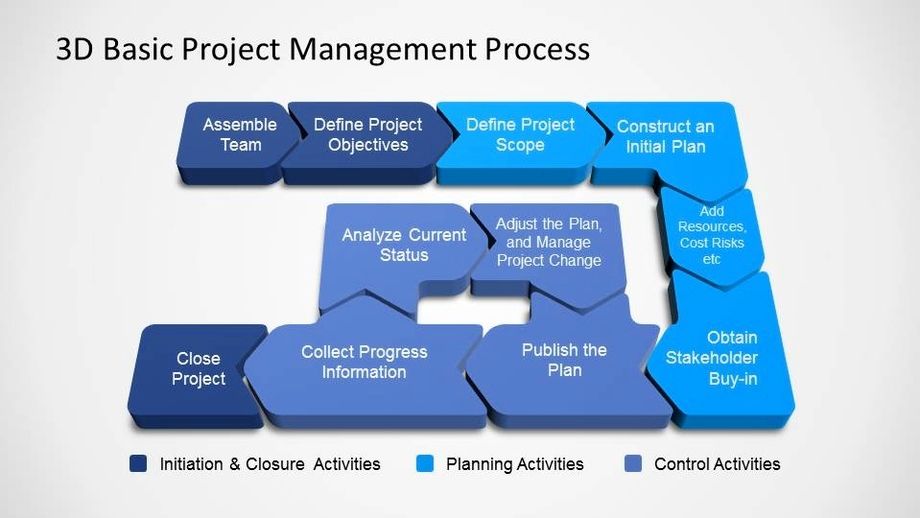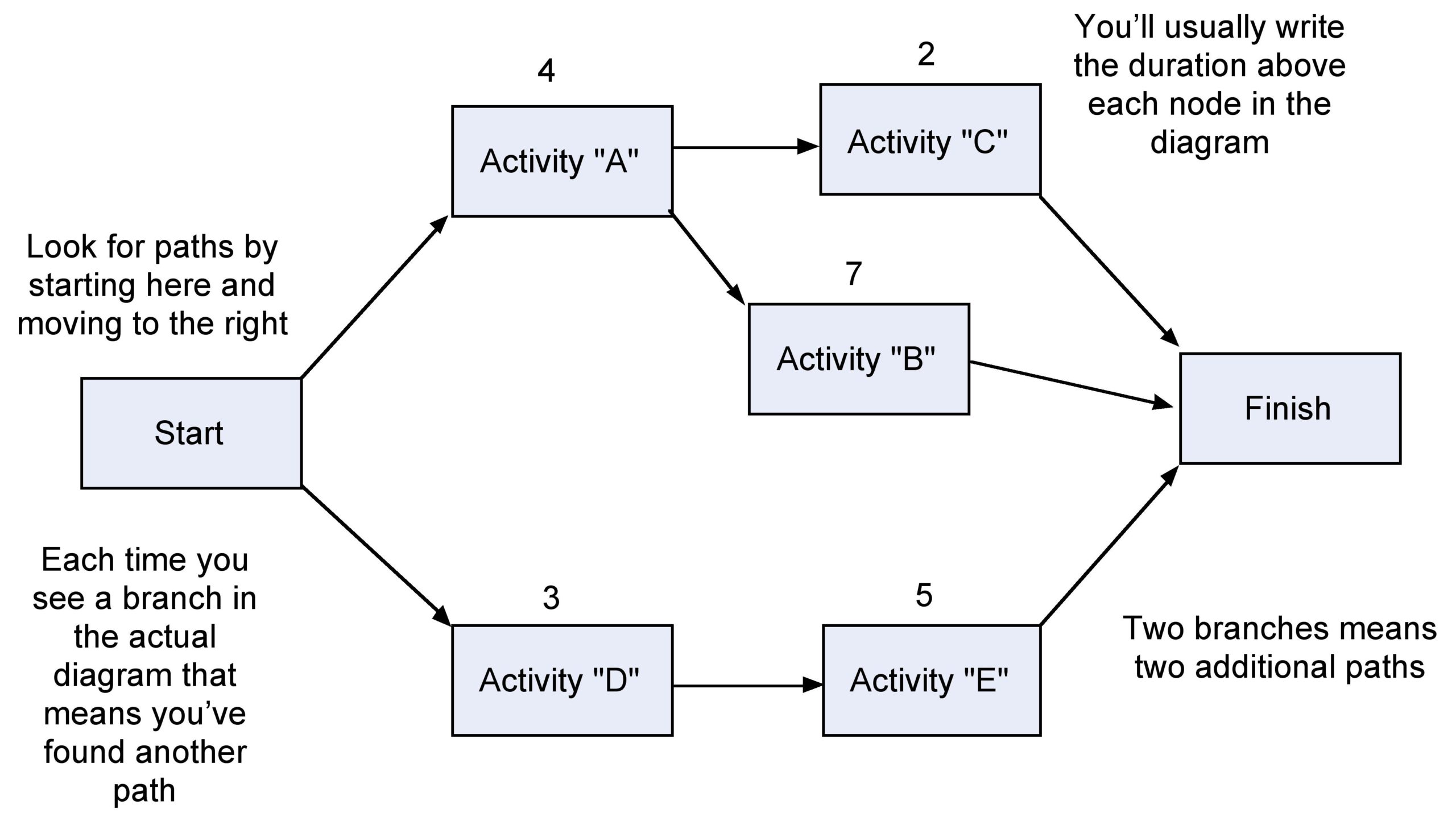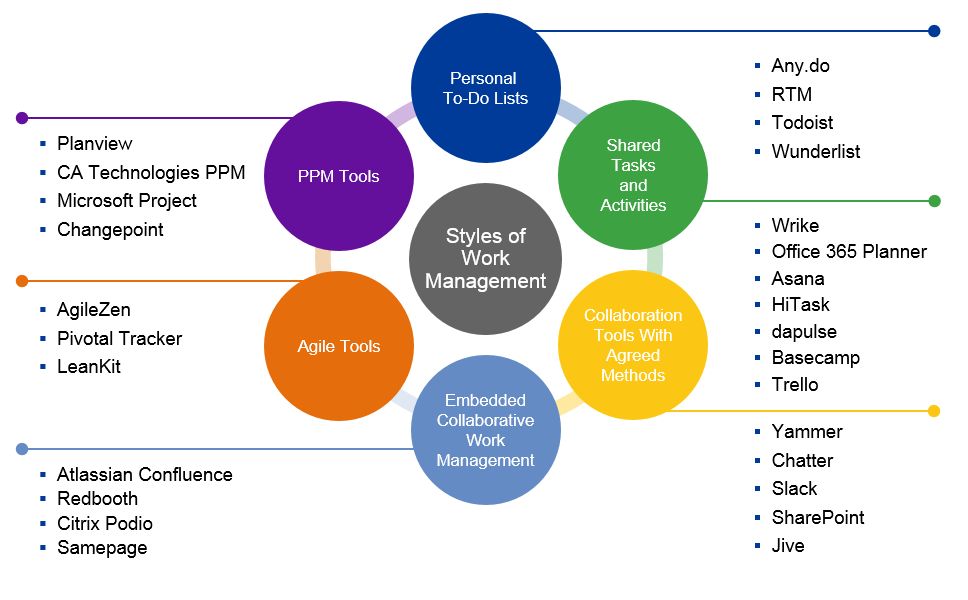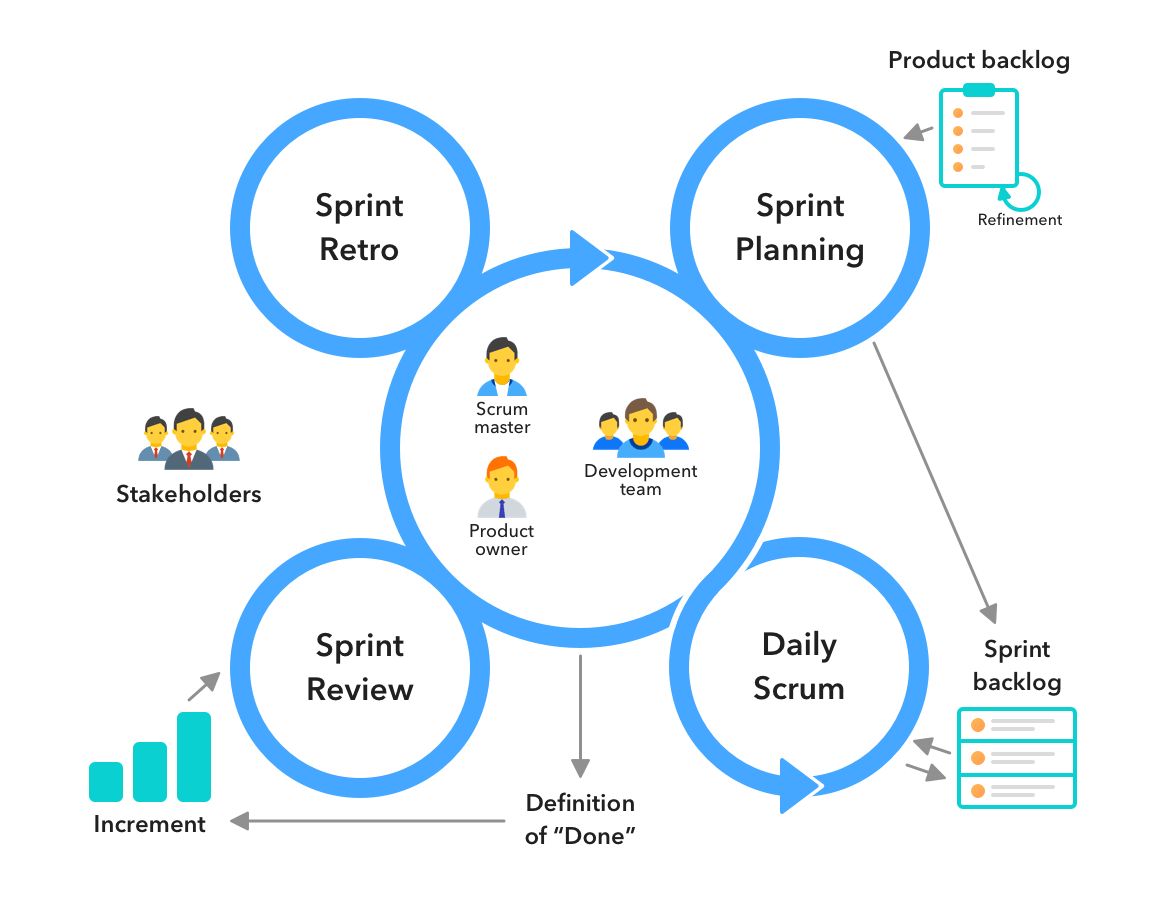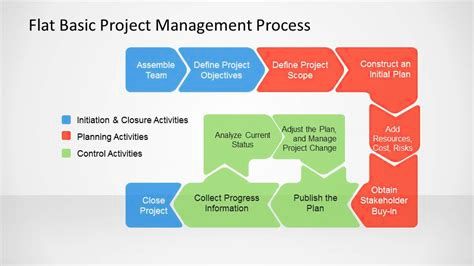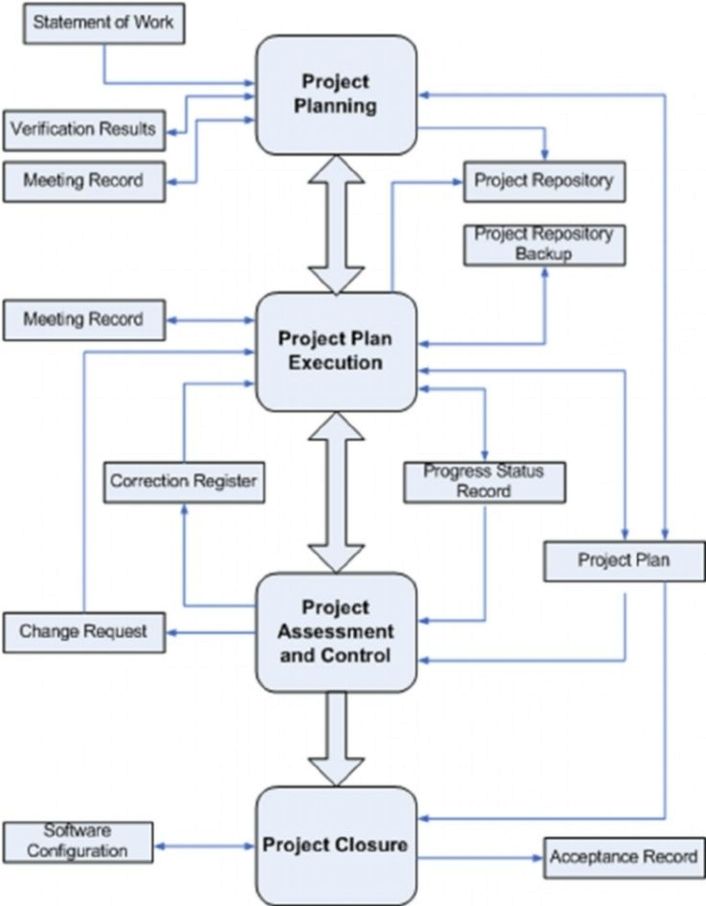In the field of project management, “scrum” refers to the brief meetings where team members come together to talk about their successes relating to a project, how far they’ve come, what the next steps are and any future challenges they anticipate. The meetings are brief and concentrated,…
In the field of project management, “scrum” refers to the brief meetings where team members come together to talk about their successes relating to a project, how far they’ve come, what the next steps are and any future challenges they anticipate. The meetings are brief and concentrated,…
Scrum can be used by anyone who needs to produce an end product, such as a webpage, a software program, or even a construction project. Let’s take a closer look at the Scrum process, including the various Scrum roles, to see if this project management methodology is a fit for you.
